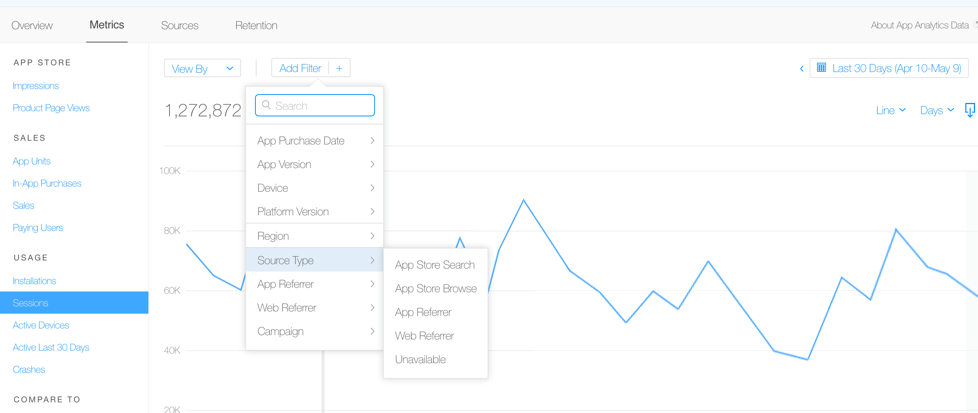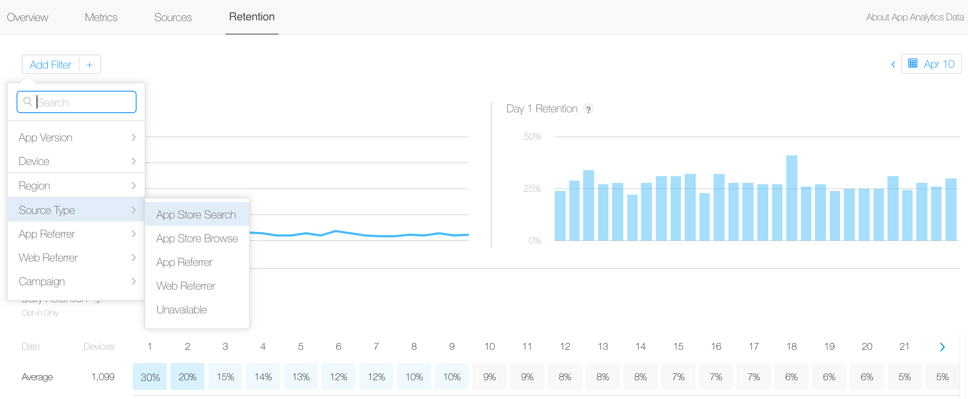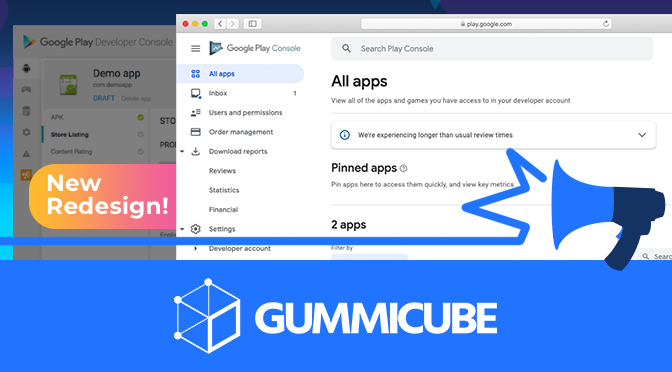
App Store Holiday Schedule 2020
Posted on November 23rd, 2020
When is the App Store Holiday Schedule 2020? Learn about the dates of this year's shutdown and how to prepare.

Apple’s App Analytics update is now giving developers access to specific data on App Store Sources and Referral Data, making it easier to find where their app’s current customers come from. Now, developers can view attribution and conversion metrics with a clearer picture tied to organic versus non-organic installs in iTunes Connect. The updated App Analytics tools will provide key insights to pertinent data regarding how many users find the app via browse and search in App Store, along with data on how many users are directed to an app from another app or the web. Data on where organic users view the app is pertinent to developers looking to improve visibility, conversion and installs. As Apple has stated in the past, up to 65 percent of all downloads comes from search. The data that the new analytics tools provides only proves how important search and organic traffic are to an app’s conversion rate.
Apple’s updates to App Analytics give developers specific tools that provide data on where users find their app. The breakdown of new features added to App Analytics goes as follows:
Overall, the updated App Analytics tools will help developers understand where their app gets the most traffic to improve marketing campaigns that will in turn increase downloads and installs.
Developers monitor how their app is doing in the App Store to understand where their app generates the most impressions, page views, installs and user activity. There are a few places within App Analytics where developers can view source information.
By clicking on any one of the charts, developers will be redirected to Metrics. From here, they can add a number of filters, including filters for Source Type. By selecting Source Type, developers can then select App Store Search, App Store Browse, App Referrer and Web Referrer. Here, you can assess how different changes in featuring, marketing or ASO may have impacted your app in terms of visibility (Impressions & Page Views), Downloads (Installations or App Units), and usage (IAP, Sales, Paying Users, Sessions, Active Devices/Active Last 30 Days).

Sources allows developers to understand the relative proportions of source traffic at various stages in the user funnel – from visibility, to install, to engagement. This section also allows developers to further break apart various sources from within App Referrers and Web Referrers.


The updated App Analytics tools give developers key insights into the current app market and how to adjust based off the amount of traffic their app generates. App Analytics is shaking the developer community and will ultimately affect the way developers market their apps along with increasing revenue for Apple.
Apple is finally providing developers with more detailed analytics and information to source data, essentially creating their own analytics package for developers to monitor users. Apple App Analytics give developers access to more data like App Store Search, App Store Browse, App Referrers and Web Referrers, all tools that can help developers tap into their customer base. The updates to App Analytics are not only benefitting developers, but are also increasing Apple’s revenue. The company could potentially double their services revenue including current revenue from the App Store, which was recently announced to be over 40 percent year-over-year. This monumental announcement brings a new level of clarity to help app developers understand user behavior. The updates to App Analytics show that the mindset is growing toward developers needing to embrace ASO: App Analytics and ASO will aid developers to better connect with users.

When is the App Store Holiday Schedule 2020? Learn about the dates of this year's shutdown and how to prepare.

Apple's App Store Guidelines have strict privacy requirements. Developers now must provide information to users on the App Store listing regarding the data they access.

The Google Play Developer Console has been updated with a new design and adjusted tools. What's different, and how will it impact App Store Optimization?